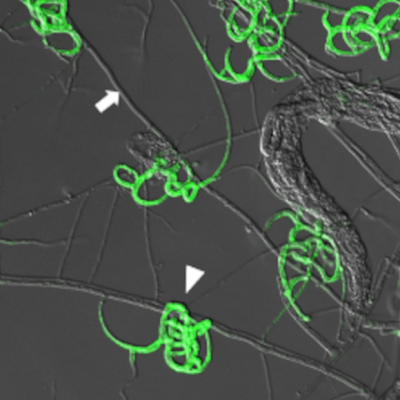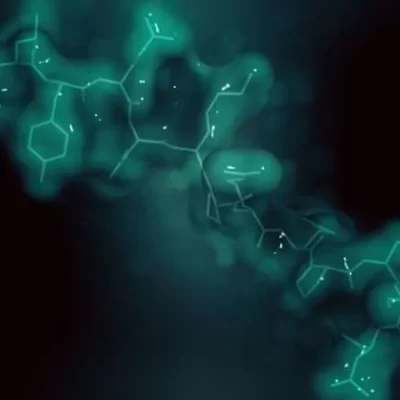A new RNA-based fungicide could replace chemical fungicides in the fight against gray mold. Gray mold can infect a variety of fruits and vegetables, causing billions of dollars in damage to agriculture each year. Currently, the fungus Botrytis cinerea, which can infect around 1,400 plant species, is primarily treated with chemical methods. However, researchers at the University of California, Riverside (UCR) have discovered a chemical-free plant protection against gray mold. According to their publication in the journal Nature Communications, the mold secretes small lipid vesicles that have been largely overlooked by scientists. These lipid vesicles are essential for the communication between pathogens like gray mold and their host plants and are used to carry out infections.
The analysis of the lipid vesicles shows that gray mold secretes virulent RNA through them. To produce the vesicles, Botrytis cinerea requires the protein tetraspanin. If tetraspanin is deactivated in gray mold, it can no longer secrete the virulent lipid vesicles. This significantly reduces the ability to suppress the immunity of the host plant, making it less susceptible to infection. In previous studies, the researchers also discovered that gray mold has certain genes that allow it to produce RNA molecules. If these genes are deactivated with RNA fungicides, the spread of gray mold can be stopped. Unlike chemical fungicides, RNA fungicides are much gentler on the environment and humans, as RNA is easily digested and quickly breaks down in the environment without leaving toxic residues.
RNA-based fungicides could not only combat gray mold, the second most damaging fungus for food globally, but also other fungal pathogens such as the rice blast fungus Magnaporthe. This breakthrough could revolutionize the way we protect our crops and reduce the use of harmful chemicals in agriculture.










